Discover the traditional world of geiko and maiko in Japan’s ancient capital
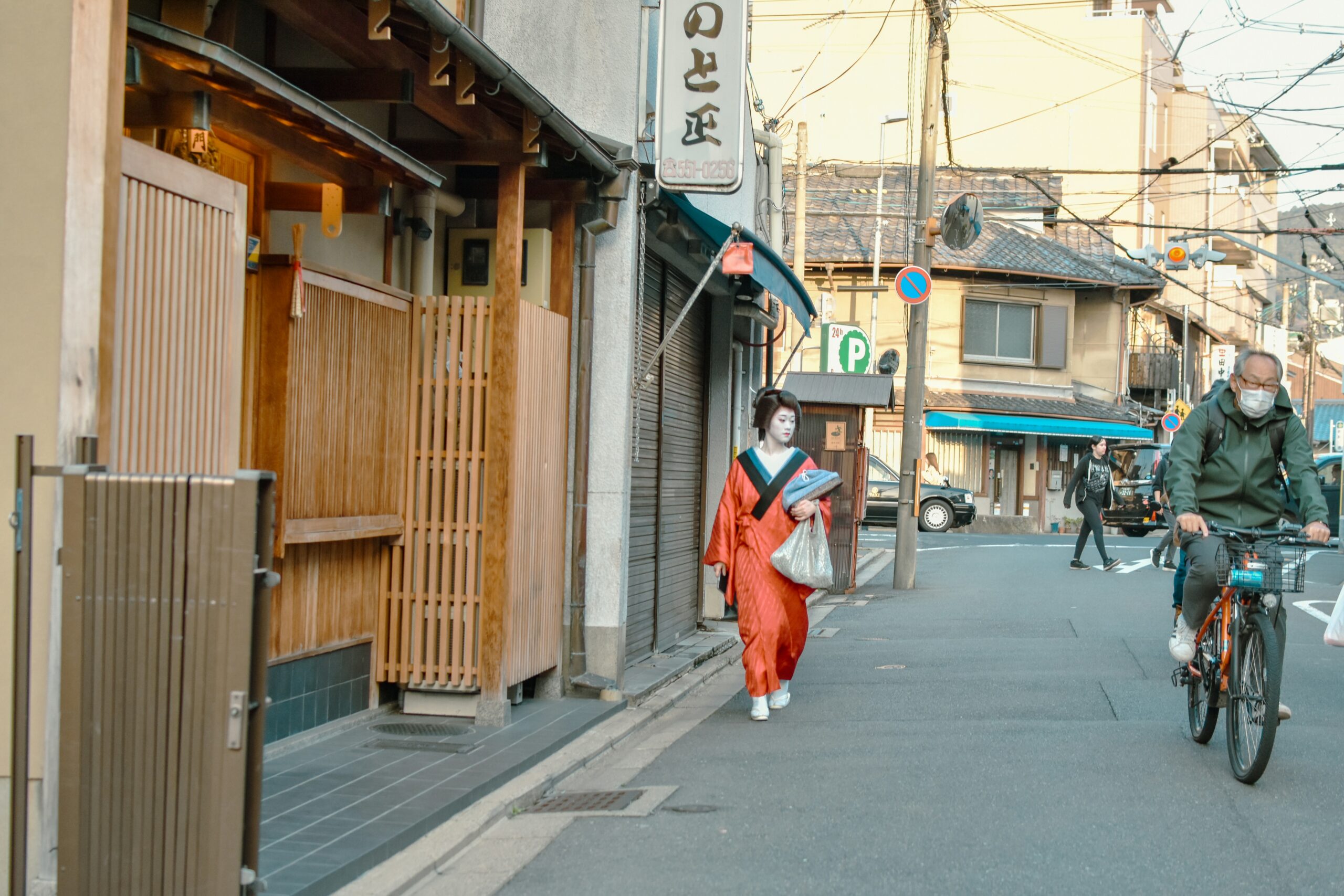
The enchanting streets of Gion district in Kyoto, where tradition comes alive under lantern light
- Introduction
- 1. Kyoto: The Heart of Traditional Japan
- 2. What Is a Geisha? (And What’s the Difference with Maiko)
- 3. The Kimono as Symbolic Canvas
- 4. Elegance and Discipline: The Training & Life
- 5. Myths, Misconceptions, and Etiquette
- 6. Kyoto Experiences & Photography Opportunities
- 7. How AllPhoto Kyoto Can Help
- 8. Tips for Travelers & Photographers
- 9. SEO & Content Strategy Notes (for your blog)
- 11. Sample Conclusion & Call to Action
Introduction
Kyoto — the ancient capital of Japan, with winding alleys, mossy temples, and the ephemeral glow of lantern light — is a city where tradition lives and breathes. In Kyoto’s hanamachi (geisha districts) such as Gion, Ponto-chō, Kamishichiken, Miyagawa-chō, and Gion Higashi, the worlds of kimono and geisha (in Kyoto called geiko and maiko) converge in a dance of grace, discipline, and symbolic expression.
In this post, we will delve into:
- The history and meaning behind kimono in Kyoto
- The role, training, and symbolism of geiko and maiko
- How kimono patterns convey stories
- Etiquette, myths, and misconceptions
- How photography can preserve the fleeting beauty — and how https://allphoto-kyoto.com/ can help you capture these moments
Whether your audience is travelers, culture lovers, or photography clients, this article aims to serve as an authoritative, comprehensive resource — and help your site climb higher in Google’s rankings.
1. Kyoto: The Heart of Traditional Japan
Kyoto has been the cultural and imperial capital of Japan for over a millennium. Even as the political center moved to Tokyo, Kyoto preserved the refined arts — tea ceremony, Noh theater, ikebana, and of course the geisha–kimono tradition. Many of its neighborhoods, wooden machiya houses, gardens, and teahouses remain intact, partially because the city was spared major war damage.
When one walks through Gion, under paper lantern glow along the Shirakawa Canal, or steps into a teahouse on Hanamikoji Street, one feels time slow. Kyoto’s geisha world is often called karyūkai (the “willow world”), a poetic name hinting at its elusive, graceful nature.
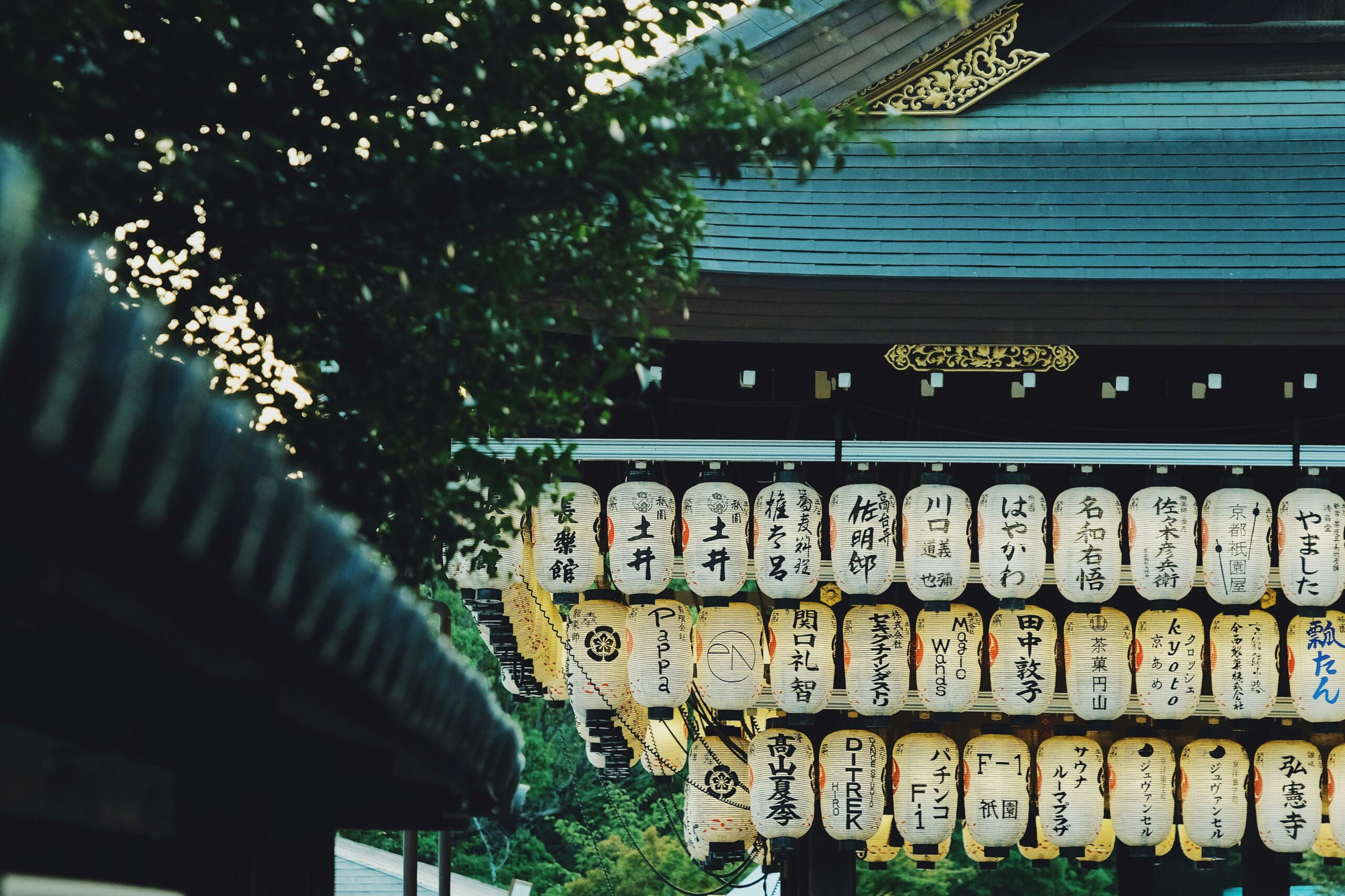
Kyoto has five main hanamachi (flower towns) where geiko and maiko live and perform:
- Gion Kobu
- Gion Higashi
- Ponto-chō
- Kamishichiken (the oldest)
- Miyagawa-chō
These districts are not just tourist zones — they are living cultural neighborhoods, with rules, rituals, and deep local roots.
2. What Is a Geisha? (And What’s the Difference with Maiko)
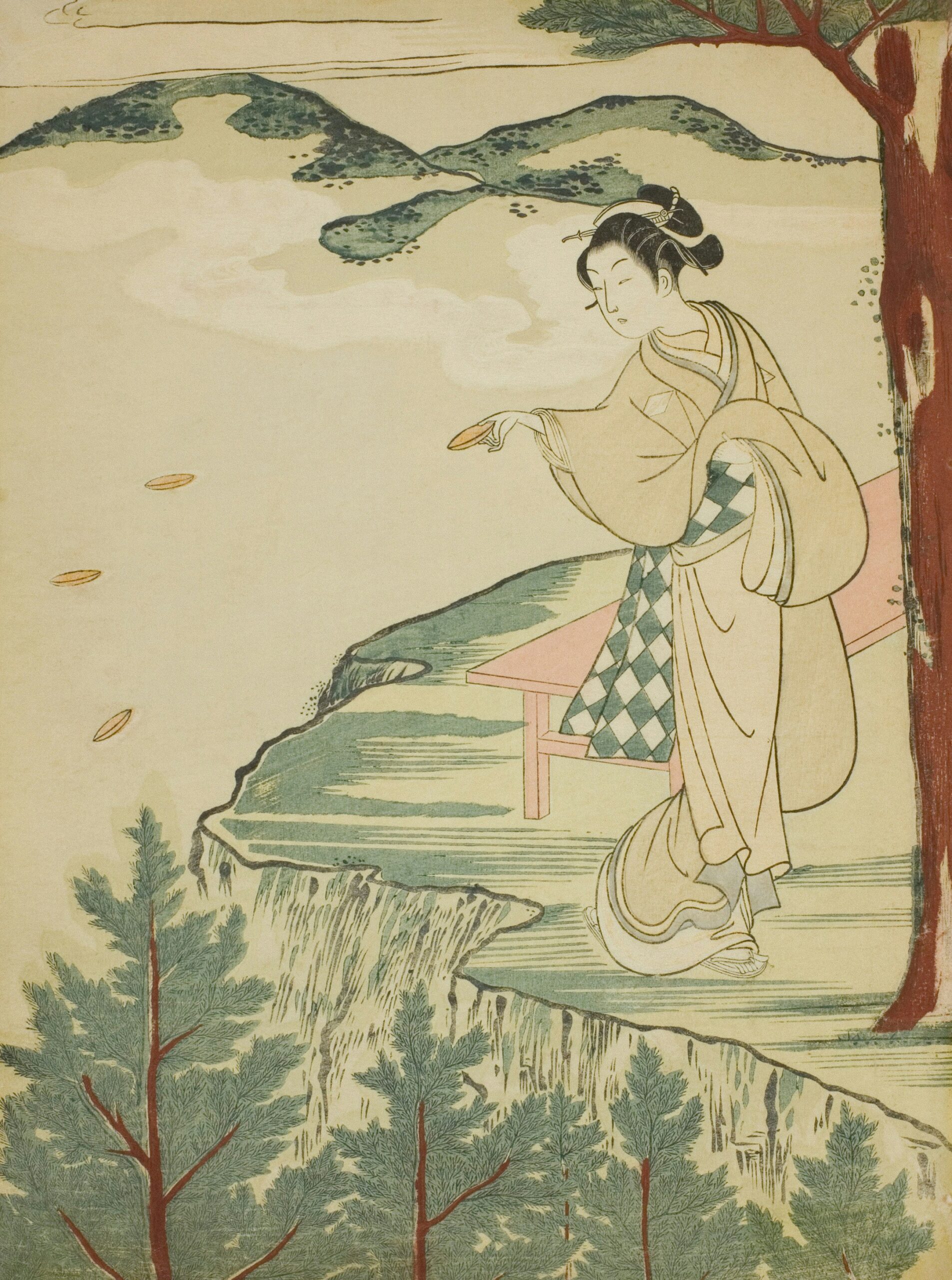
A maiko walking through Kyoto’s historic streets, embodying centuries of traditional Japanese artistry
The meaning of “geisha”
The term “geisha” (芸者) literally means “person of art” (芸 gei = art / talent, 者 sha = person). A geisha is a trained professional entertainer skilled in dance, music, conversation, storytelling, and hosting.
In Kyoto, geisha are more often called geiko (芸妓), while their apprentices are called maiko (舞妓). The difference is partly age, but mostly level of experience and prestige.
Maiko: the apprentice
Maiko typically enter training around their mid-teens and remain apprentices for about five years.
They train intensively in dance, shamisen (stringed instrument), tea ceremony, calligraphy, flower arranging, and more.
In their first year, maiko often paint only the lower lip red (the upper lip stays bare), a visual sign of apprenticeship.
Their hairstyles are elaborate, using real hair or partial wigs, decorated with seasonal hair ornaments (kanzashi).
They wear long-sleeve kimonos (furisode), and their obi (the wide belt) often trails nearly to the ankles — dramatic, elegant, and symbolic.
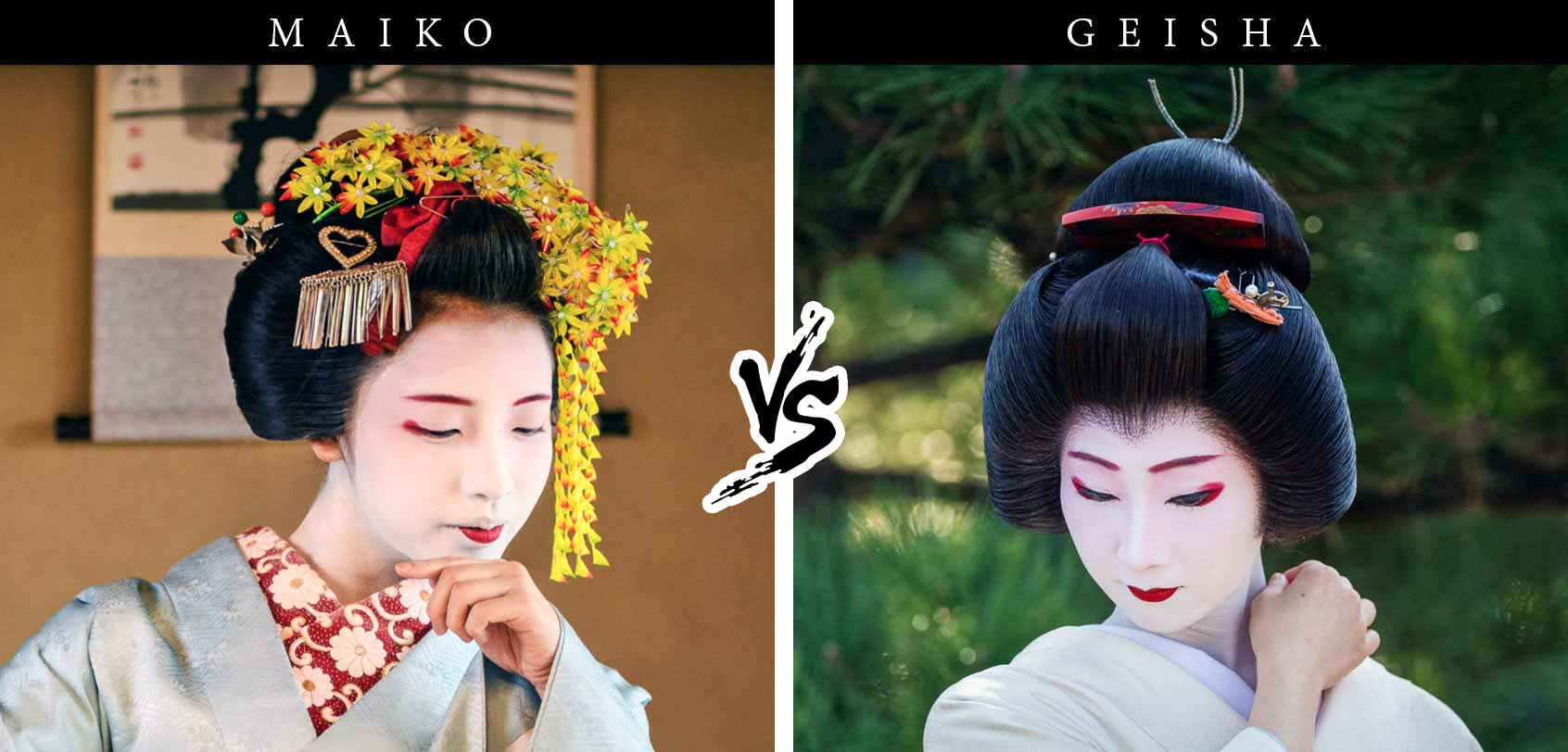
The intricate details of maiko and geiko makeup and hairstyles, each element carrying deep cultural significance
Geiko: the senior artist
Once a maiko “graduates,” she becomes a geiko. She wears more subdued kimono, simpler hairstyles, and more modest obi knots. Her makeup becomes more refined. She is recognized as a fully professional artist.
In Kyoto, the community of geiko has dwindled over time. According to some accounts, Kyoto currently houses around one hundred geiko and a similar number of maiko.
3. The Kimono as Symbolic Canvas
Far from being mere decorative clothing, a kimono is imbued with symbolism — seasonal meaning, social cues, and artistic narratives. Every detail matters: fabric, patterns, colors, layering, and accessories.
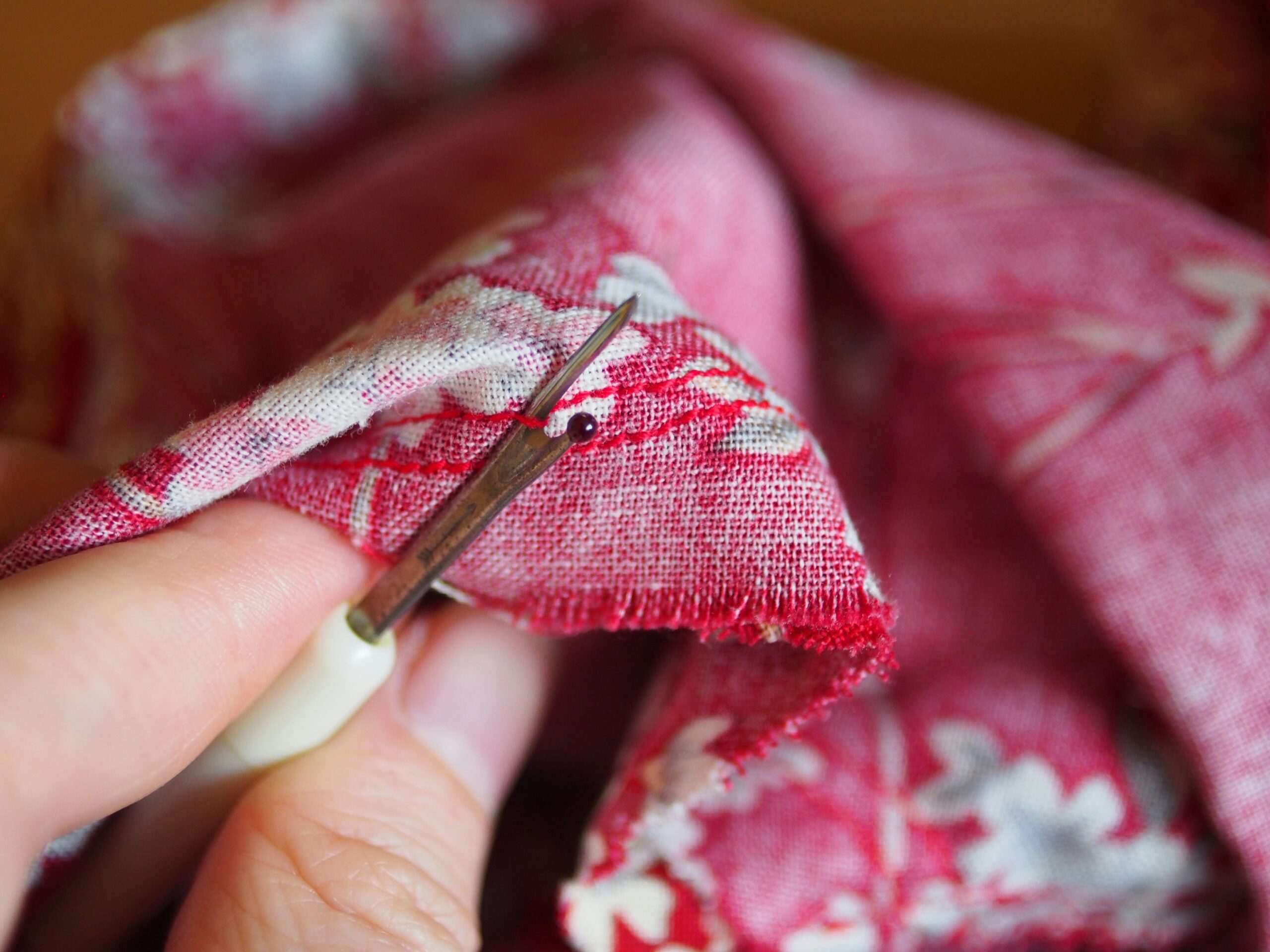
Traditional kimono patterns featuring cranes and cherry blossoms, each symbol carrying deep cultural meaning
Seasonal motifs & plant imagery
Kimono patterns (called mon or motifs) often draw from nature, especially plants, animals, and seasonal references. Here are key examples:
- Cranes (tsuru): Longevity, fidelity, good fortune. Often found in wedding kimono.
- Turtles (kame): Endurance and protection. Over time, turtles’ shells become strong — a metaphor for resilience.
- Ume (plum blossom): Blooming in late winter, ume symbolizes perseverance, hope, and renewal.
- Chrysanthemum (kiku): Imperial flower, longevity, nobility. Often appears in autumn designs.
- Bamboo, pine, and plum (shōchikubai — 松竹梅): A classic trio of auspicious symbols for resilience, strength, and renewal.
- Wisteria (fuji): Grace, elegance, intertwined relationship with pine in motifs.
Additionally, the color palette carries meaning:
Red wards off evil, pink evokes youth, purple suggests nobility, blue hints at sky or water, and deeper, muted tones often signal maturity or the winter season.
Seasonal variation: cherry blossoms for spring, maple leaves for autumn, snow or pine for winter.
Layers, cuts, and form
A kimono’s structure is deliberately straight and unshaped — it conceals the body’s curves. Kimono is typically built in panels and folded shapes to create a cylindrical, timeless silhouette. Adorning the kimono properly, with inner linings, collars (eri), and correct folding (left over right), is part of the disciplined art.
Symbols also extend to accessories: fans, obi knots, small motifs hidden inside hems, and even the garments worn underneath (juban) all contribute to the narrative.
In Kyoto, many geiko and maiko adopt motifs that resonate with their hanamachi, the season of performance, or the identity of their house (okiya).
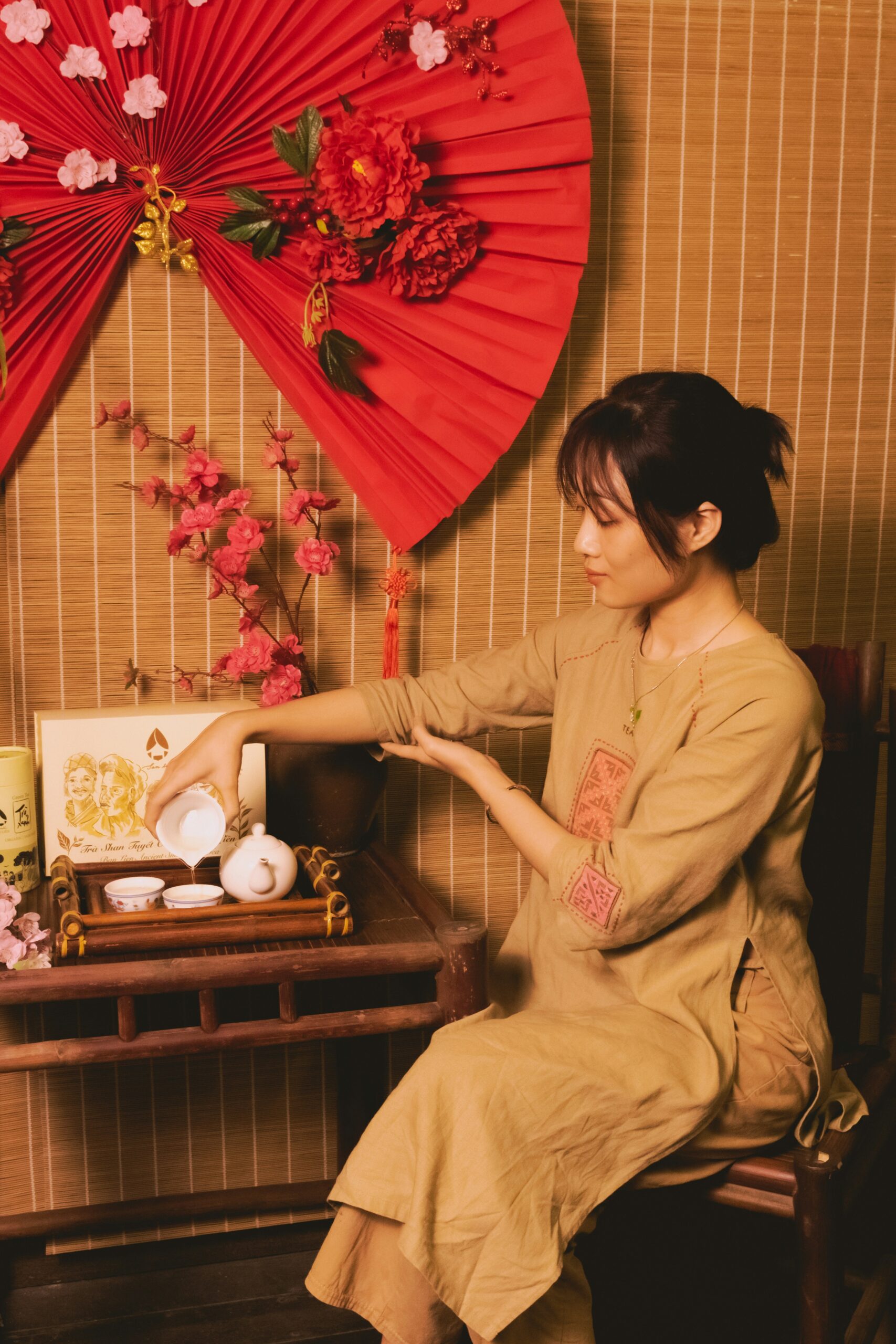
4. Elegance and Discipline: The Training & Life
To truly appreciate the geisha–kimono tradition, one must see it as a lifelong pursuit of mastery.
Rigorous training
From the moment a young woman enters an okiya (geisha house), her life is regimented:
- Dance, music, and performance: Daily lessons in classical dance, shamisen, singing, and traditional musical accompaniment.
- Etiquette and conversation: She must learn the art of greeting, serving tea, listening, storytelling, and refined social interaction.
- Appearance and presentation: Hours spent on hair, makeup, posture, walking in okobo (platform sandals), and even how to sip tea.
- Discipline and sacrifice: Many maiko live away from home, follow strict rules, and even forgo pay during training years.
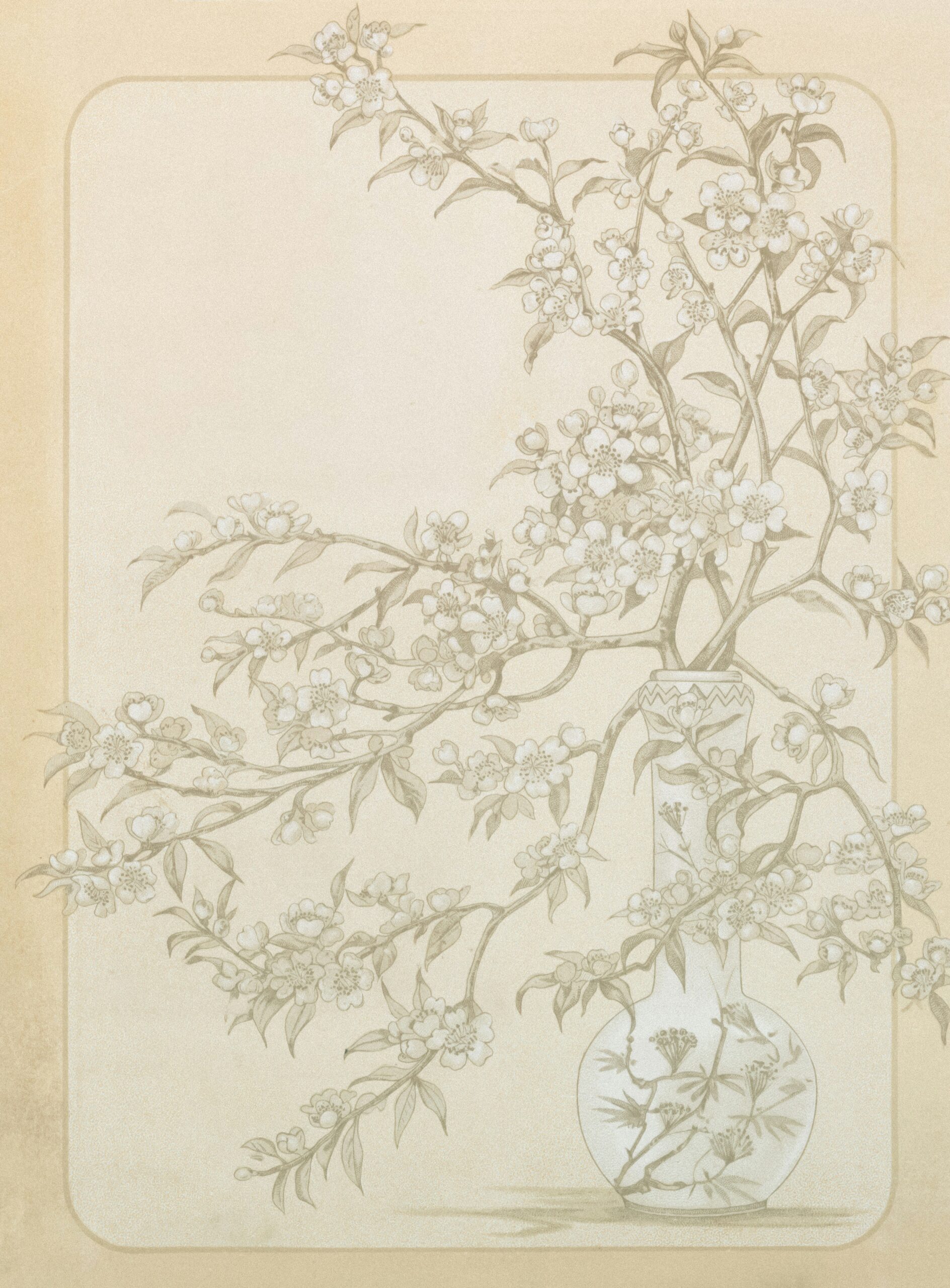
A traditional tea ceremony performance, demonstrating the refined artistry and discipline of geiko and maiko
A visitor to Kyoto described geisha culture as akin to ballet — both demand years of sacrifice, persistence, and symbols of transformation.
The subtle power of restraint
A geiko or maiko’s beauty is not in flashiness, but in the control of every movement — how the fan is unfolded, how the kimono sleeves fold, the tilt of the head. This restraint is central to their art.
Modern challenges & preservation
The number of geiko across Japan has declined sharply from historical highs. In Kyoto, the tradition exists within a fragile balance of tourism, modernization, and cultural preservation.
There has been recent pushback against disrespectful tourist behaviors — private alleys in Gion now forbid photography, and fines (~10,000 yen) are enforced for intrusions.
5. Myths, Misconceptions, and Etiquette
Myth: Geisha are courtesans
One pervasive myth is that geisha are akin to prostitutes or escorts. This is false. Geisha are trained artists, entertainers, conversationalists, dancers, and musicians — not sex workers. Their role is to create ambiance, perform, entertain, and converse with guests.
Respect over commodification
Some tourists treat geiko or maiko like photo props. But these women are artists, not costumes. In Kyoto, many hanamachi enforce rules:
- Do not block alleyways, chase geisha, or shout for selfies.
- Use public streets only; private lanes are often off-limits.
- Respect signage and local guidelines to preserve dignity.
Over-tourism has led to increased restrictions, as locals and geisha seek to reclaim privacy.
Best practices for interacting respectfully
- Admire from a distance and discreetly.
- Avoid approaching geisha for selfies or autographs.
- Use quiet voices; avoid aggressive camera flashes.
- Consider booking a geisha performance or tea house show instead of random street encounters.
By approaching with humility and awareness, visitors support, rather than exploit, the tradition.
6. Kyoto Experiences & Photography Opportunities
Geisha performances & dance festivals
One iconic event is Miyako Odori, the annual spring dance show by geiko and maiko of Gion. It takes place in April at the Kaburen-jo theater, with multiple performances daily.
Other hanamachi have seasonal shows: Gion Higashi hosts Gion Odori in early November (with autumn leaves) for example.
Attending or photographing these performances offers rich content: choreographed movement, kimono detail, stage lighting, musical accompaniment.
Guided tea houses & studio experiences
Some teahouses or cultural studios allow guests to observe or interact in controlled settings — sometimes even wearing a kimono and being photographed. AllPhoto Kyoto can facilitate photo sessions in authentic settings, ensuring cultural respect, high-quality lighting, and meaningful compositions.
By combining an experienced photographer with access to tea houses, gardens, and geisha districts, you can offer clients something rare: portraits that capture tradition, nuance, and the soul of Kyoto.
Street photography in geisha districts
In Gion’s streets (e.g. Hanamikoji), the ambient lighting, lanterns, traditional architecture, and occasional passing geiko make for photographic gold. But care must be taken:
- Visit during early evening or dusk when lanterns light up
- Focus on context, not only the subject
- Respect local signage and rules
- Avoid interfering with performances or pedestrian traffic
Your blog can guide clients on the best times, angles, and etiquette for street photography.
7. How AllPhoto Kyoto Can Help
To truly immortalize the kimono–geisha intersection, having a professional and ethical photography partner is key. Here’s how https://allphoto-kyoto.com/ stands out:
- Culturally aware photography — You understand local etiquette and coordinate respectful shoots in hanamachi.
- Access & guidance — You can advise or arrange access to gardens, tea houses, or traditional interiors.
- Technical expertise — Proper lighting, composition, and post-processing to highlight kimono detail, textures, and human expression.
- Customized experiences — From staged portrait sessions to candid street collaborations, you can tailor to client interest.
- Content marketing synergy — You can convert these photo sessions into blog content, social media, and promotional materials that boost SEO and client reach.
Every image from AllPhoto Kyoto is not just a picture — it’s a story, a moment in Kyoto’s timeless cultural tapestry.
8. Tips for Travelers & Photographers
Here are a curated set of tips you can share with your audience and embed keywords for SEO value:
- Best seasons to visit: Spring (cherry blossoms) and autumn (maple leaves) cast a magical backdrop for kimono–geisha photography.
- Golden hours: Early morning and dusk light complement lanterns and soft shadows.
- Renting a kimono: Many shops in Kyoto allow visitors to rent kimono for a few hours and walk the streets (often with restrictions in hanamachi).
- Weather & fabric: Kimonos are silk and delicate; avoid rain, strong wind, or harsh direct sun which may fade fabrics or ruin makeup.
- Lens choice: A mid-range prime (35 mm, 50 mm) plus a short telephoto (85 mm) work well for detail and environmental shots.
- Respect local signage: Some alleys are private — heed “no photography” signs.
- Book performances: Places like Gion Corner or Kaburen-jo have structured shows where photography is allowed.
- Ask for permission if possible: In studio or collaborative settings, always clarify what kinds of shots are allowed.
- Patience & subtlety: Let movement unfold rather than forcing poses; candid moments are often richer.
9. SEO & Content Strategy Notes (for your blog)
To help your blog post perform well:
- Primary keyword: “kimono geisha Kyoto” (or variations)
- Secondary keywords: “Kyoto geisha photography,” “kimono symbolism,” “geiko in Kyoto,” “maiko training,” “kimono motifs meanings”
- Word count: Aim for 2,000–2,500 words or more
- Headings & subheadings: Use H2/H3 tags as above to break content
- Images: Include multiple high-quality images (with alt text containing keywords: e.g. “Kyoto geiko wearing kimono”)
- Internal links: Link to other relevant posts on your site (e.g. portfolio, service pages)
- External authoritative links: Link to credible sources (e.g. museums, Kyoto hanamachi pages)
- Call to action: At the end, invite readers to book a custom photography session with you via https://allphoto-kyoto.com/
- Readability: Use moderately short sentences, bullet points, and transitions to maintain flow
11. Sample Conclusion & Call to Action
In Kyoto, the intertwining worlds of kimono and geisha are more than visual spectacle: they are living traditions of discipline, refinement, and symbolic expression. Each kimono motif, each subtle gesture of a geiko, carries centuries of meaning. As this world faces pressures from modernization and over-tourism, preserving and honoring it becomes ever more crucial.
If you want to capture these moments — not just as photos but as stories — consider booking a curated session with AllPhoto Kyoto. Let us bring the hidden elegance of Kyoto’s geisha and kimono culture into your frame in a respectful, luminous, unforgettable way: https://allphoto-kyoto.com/


コメント